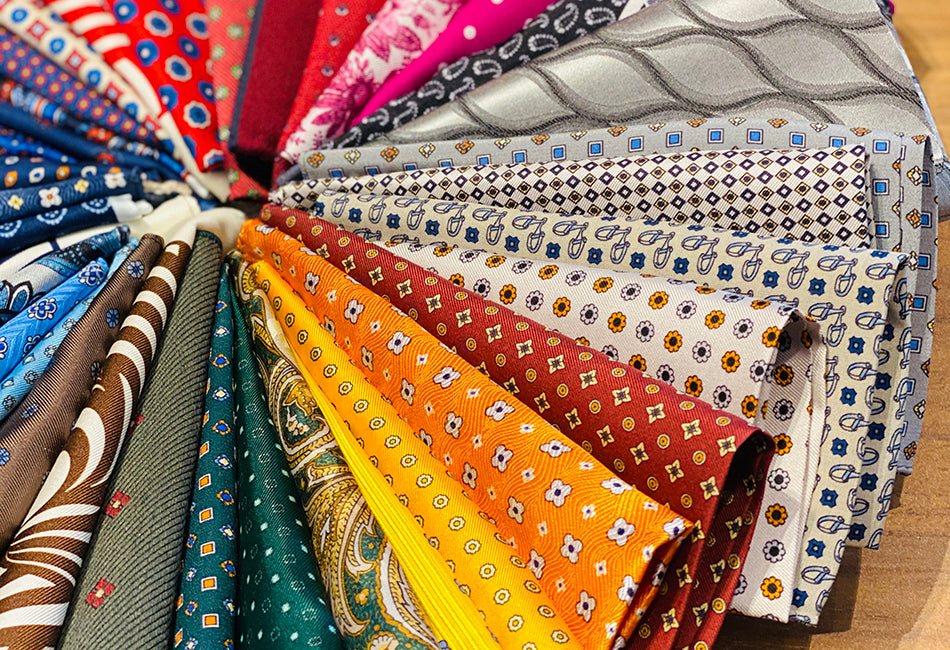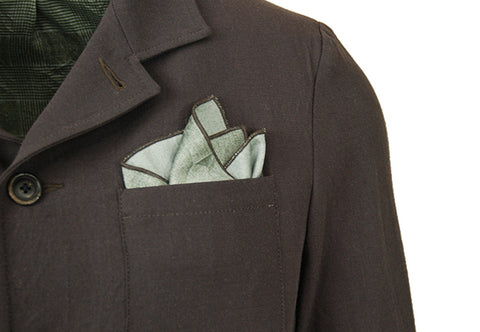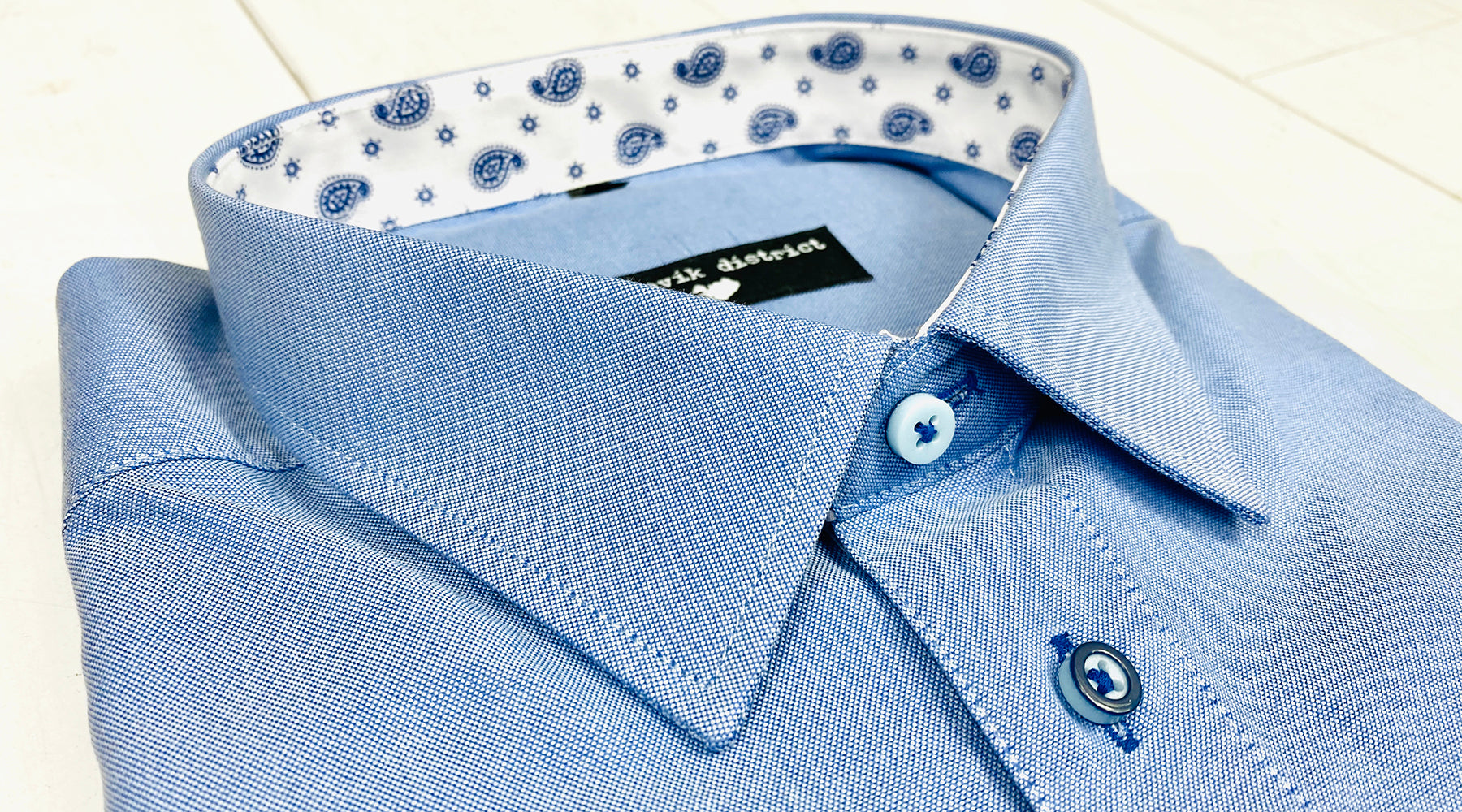
The purpose of the handkerchief
The roots of the pocket square date back to the 1400s, when the use of pocket squares became more common. It is said that Richard II had a pocket square 'for wiping his nose.' At that time, the upper class also covered their noses with a cloth while walking among the common people, as hygiene was quite poor back then. In other words, the pocket square was originally a handkerchief.
The pocket square has always been quite a luxurious symbol of wealth and status, so it has also always been decorative and made from luxurious materials like silk. However, the pocket square only moved to the breast pocket in the 19th century with the popularization of the two-piece suit. People did not want the pocket square to get dirty from coins and other dirty items in the pocket. A dirty pocket square was not - and still is not - ever considered acceptable to be seen.
Pocket squares have always been made in both colorful and solid colors. In the past, it was customary to also create intricate embroideries on pocket squares, but nowadays it is rare to come across a hand-embroidered pocket square. Of course, a gentleman can still have his pocket square embroidered with, for example, initials by a local seamstress.

Choosing a pocket square for the occasion
When choosing a pocket square, it is advisable to primarily consider the occasion where you intend to use it. Multicolored and vibrant pocket squares are better suited for more casual events, but for strictly formal occasions, a solid-colored pocket square, such as white or black, is appropriate. The purpose of a pocket square is to add color, like many other accessories, so there's no need to be too timid with it. If you otherwise don't dare to add color to your outfit, a pocket square is the safest way to do so.
The pocket square is made from pure natural materials such as silk, cotton, or linen. This is largely due to its decorative nature. The boutique's pocket squares are always made either from silk or linen. All the boutique's pocket squares are made in Italy.
However, it's good to have a few pocket squares in your wardrobe so you can mix and match suitable combinations and find the right one for the occasion. It's worth matching the same colors from the pocket square to a scarf, socks, or shirt. Of course, depending on your level of boldness, you can choose different colors for all accessories, but the end result might garner various opinions.

A pocket square that always goes with you
Since pocket squares are not used for wiping anything nowadays, the coats in the Reykjavik District have adopted the practice of making a 'pocket square' by turning the pocket inside out. Their coats and vests feature handmade buttons, often including one or two buttons made from the same fabric, which is a fun detail. In many Italian coats, on the other hand, a ready-made pocket square is included, usually made from the same fabric as the sleeve lining. In these coats, it is common to turn one or both sleeve cuffs inside out, creating a fun contrast and revealing the fabric that matches the pocket square.



